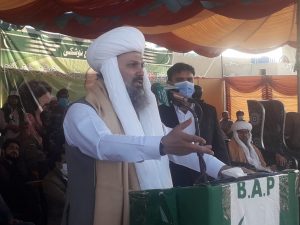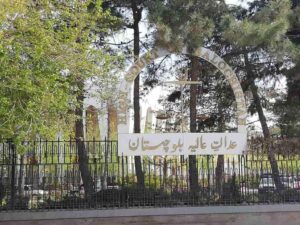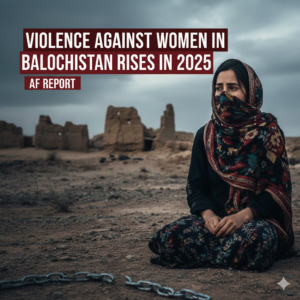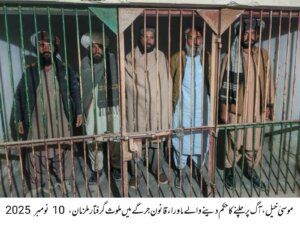Developing remote areas of Balochistan
Editorial
People of urban Balochistan in general and rural Balochistan, in particular, have been deprived of economic development and basic needs of life. Despite claims and announcements of governments, key social indicators paint a bleak picture across the province.
Especially, people of remote areas/ rural Balochistan have been victims of social inequality, economic deprivation, and climate change. This situation has forced many people to migrate from villages to urban centers. Successive governments have failed to develop district/tehsil headquarters to provide basic facilities to the masses.
Quetta witnessed a huge influx of people
Quetta city has witnessed an influx of people from other districts of Balochistan. This has also compounded the problems of the city that houses around 3 million people.
The present provincial government under chief minister Jam Kamal Khan has launched massive development projects in remote parts of the province. During a recent visit to the Rakhshan division, the CM inaugurated a number of development schemes from women’s development to the construction of Garuk dam Kharan.
Rakhshan division comprises a 1,00,000sqkm area in the west of Quetta. The division surpasses the entire Khyber Pukhtoonkhwa in terms of area. Mountains and valleys of the impoverished division snake through the Pak-Afghan and Pak-Iran borders.
Balochistan has meager income to develop the Rakhshan division
With meager resources, the Balochistan government has no financial capacity to address the woes of a sparsely populated division of the province. People demand education, health, jobs, and clean drinking water. Developing only the Rakhshan division requires hundreds of billions of rupees to improve the living standard of its inhabitants. Simply, it is out of the reach of the Balochistan government.

It is an admitted fact that Balochistan has been facing the issue of governance. First meager revenue/resources coupled with lack of transparency in its usage.
The federal government needs to devise a comprehensive development strategy with regard to Balochistan. Subsidies or packages do not offer any solution rather a comprehensive development plan needs to be evolved to bring Balochistan at par with other parts of the country.
The development process should be started from the union council/tehsil and district levels rather than a provincial capital. For this purpose, the support of UN agencies should also be sought to address the negative impact of economic deprivation, poverty and social inequality, environmental degradation, and climate change.
Developing remote areas of Balochistan






